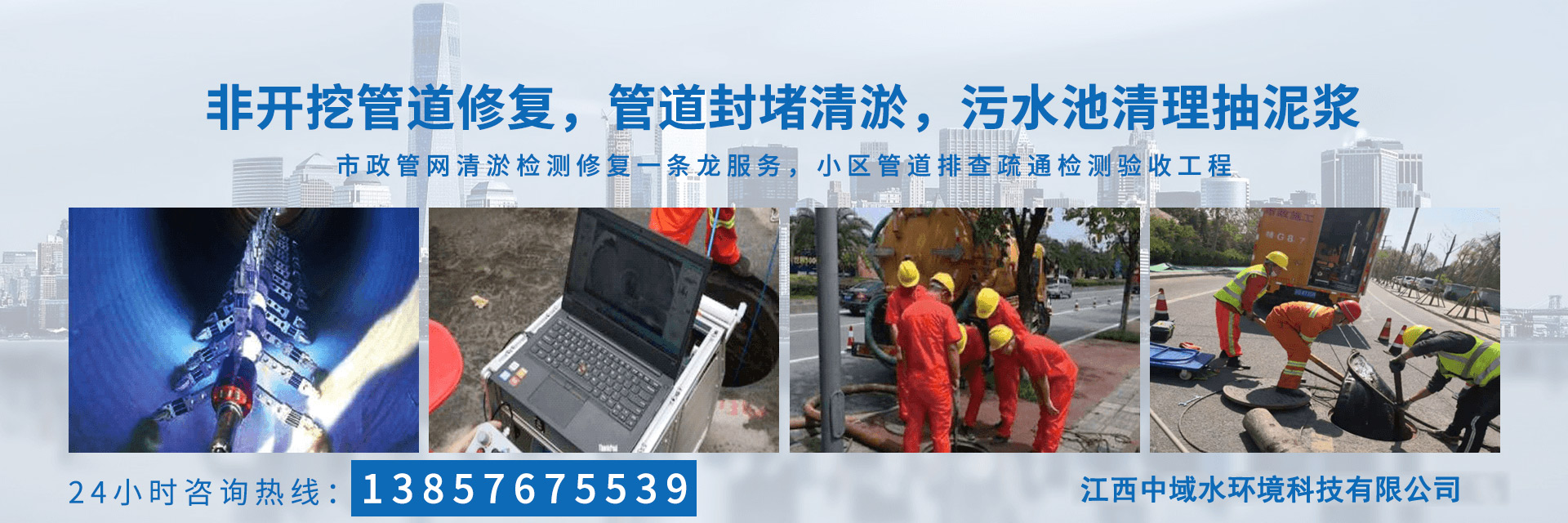- 網(wǎng)站首頁(yè)
-
-
-+
-
-
-+
-
-
-+
-
-
-+
-
-
-+
污水處理廠設(shè)計(jì)方案
發(fā)布日期:2023-05-05 11:42:44 瀏覽次數(shù):20Introduction
With the ever-increasing global population and industrial activities, the issue of water pollution has become a major concern. Domestic and industrial activities generate a significant amount of wastewater that if not treated can cause severe environmental, social and health problems. Therefore, treatment of wastewater has become a crucial process aimed at ensuring the health and safety of the population and reducing the impact of human activities on the environment. One of the most vital components of wastewater treatment is the wastewater treatment plant. In this article, we focus on a design plan for an effective wastewater treatment plant.
Design Plan
The design plan for a wastewater treatment plant should take into consideration various factors such as the type of wastewater, the quantity of wastewater, and the capacity of the plant. The first step in designing a wastewater treatment plant is conducting a survey and analysis of the site where the plant will be built. The survey aims to evaluate the suitability of the site and the surrounding environment. The wastewater treatment plant should be located far away from residential areas, water sources, and protected ecosystems. Moreover, the plant should be located on a space that is large enough to accommodate the treatment mechanisms and have enough space for future expansion.
The second step should be the design of the wastewater treatment unit with the assistance of competent environmental engineers. The design should feature a thorough treatment process that ensures that the wastewater conforms to the prescribed standards. The treatment unit should involve preliminary treatment, primary treatment, secondary treatment, and tertiary treatment processes. The preliminary treatment involves the removal of large objects and objects that can cause blockages while the primary treatment involves the separation of solid matter from the liquid wastewater. The secondary treatment is more rigorous and involves the biological process of breaking down the dissolved organic matter in wastewater. The tertiary treatment process further purifies the water and ensures that no hazardous substances are present before the water is discharged to the environment.
Conclusion
The design plan of a wastewater treatment plant is a critical component in the process of ensuring that the environment is not contaminated by wastewater. A well-designed wastewater treatment plant should be able to handle all types of wastewater generated from various sources such as households, industries, and hospitals. The treatment mechanism should be able to eliminate all harmful substances that can cause health problems and contamination of the environment. Therefore, before designing a wastewater treatment plant, one should consult with experts and ensure that the facility conforms to the prescribed standards, and ensure that the plant is located in an appropriate space that will not have an impact on the environment or pose a threat to human life.










